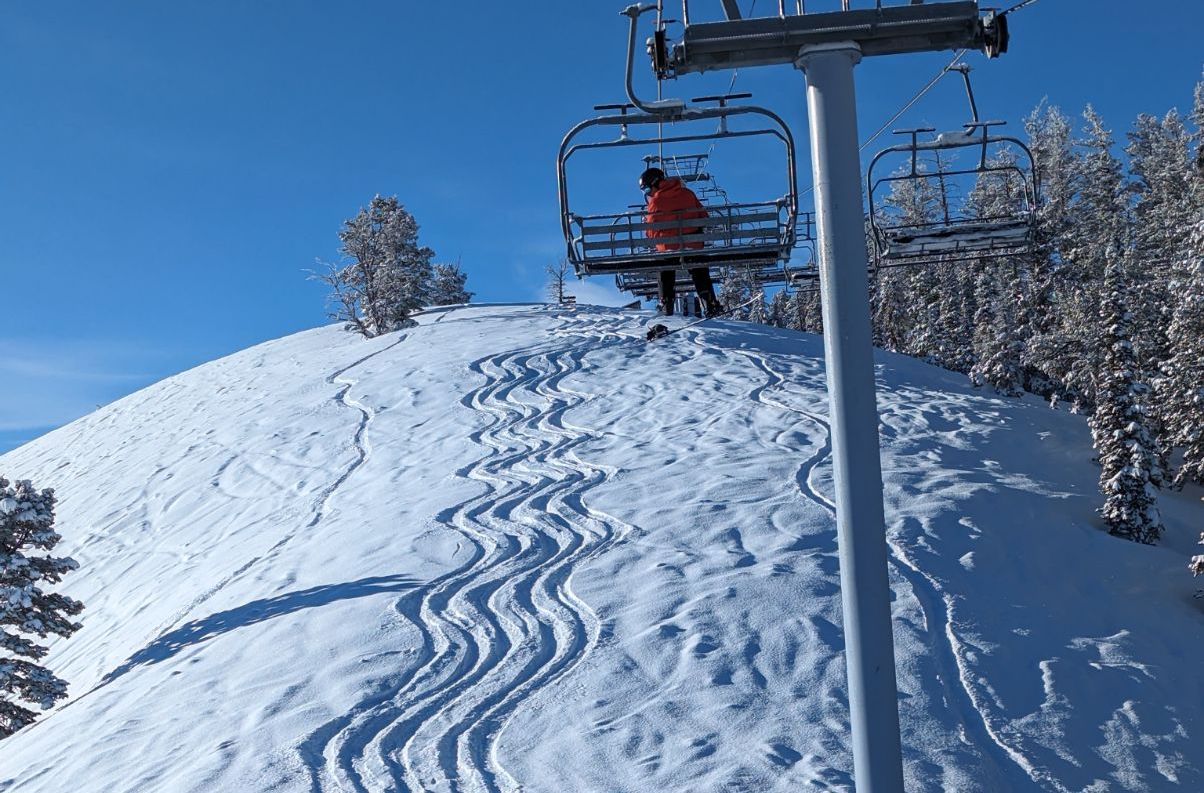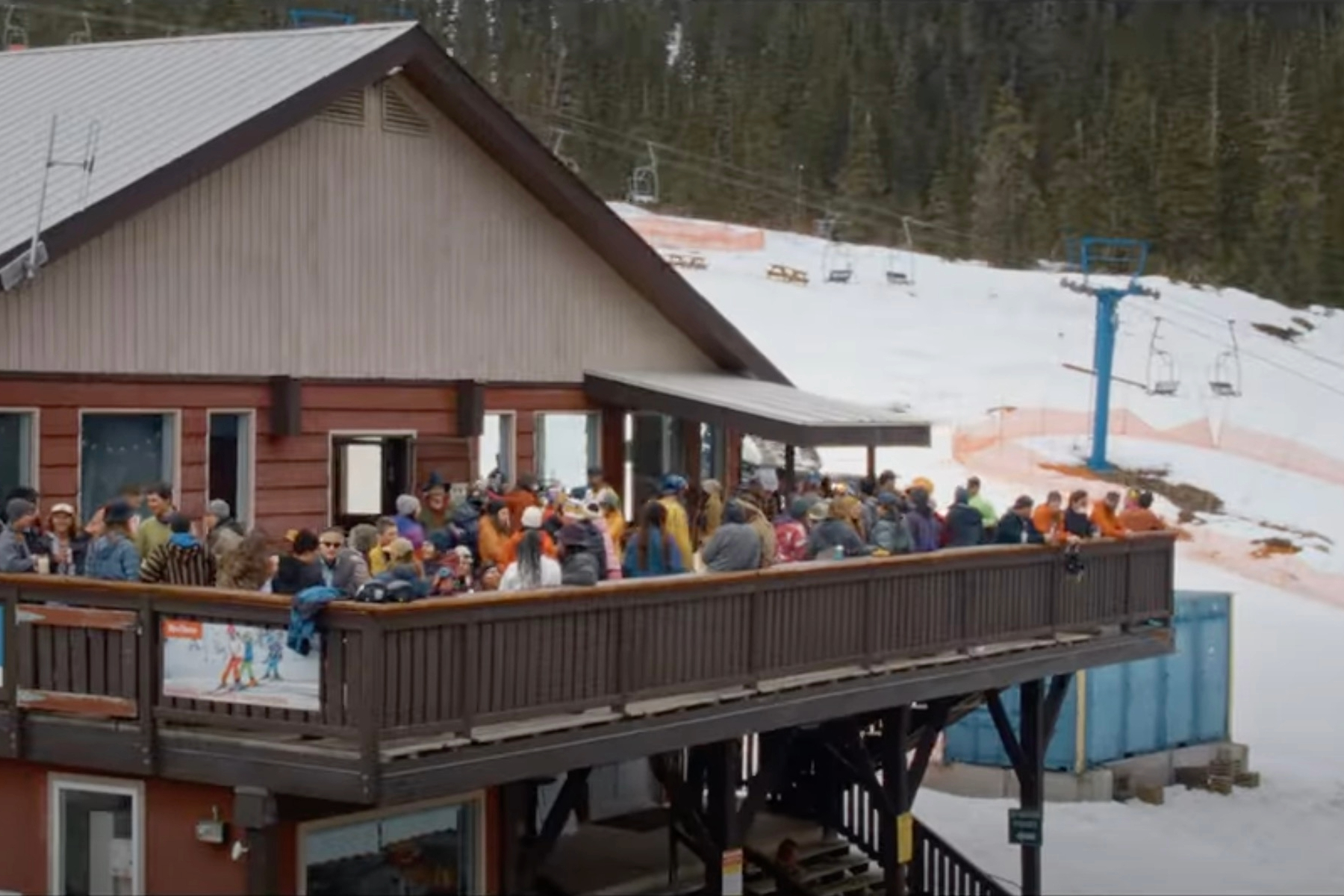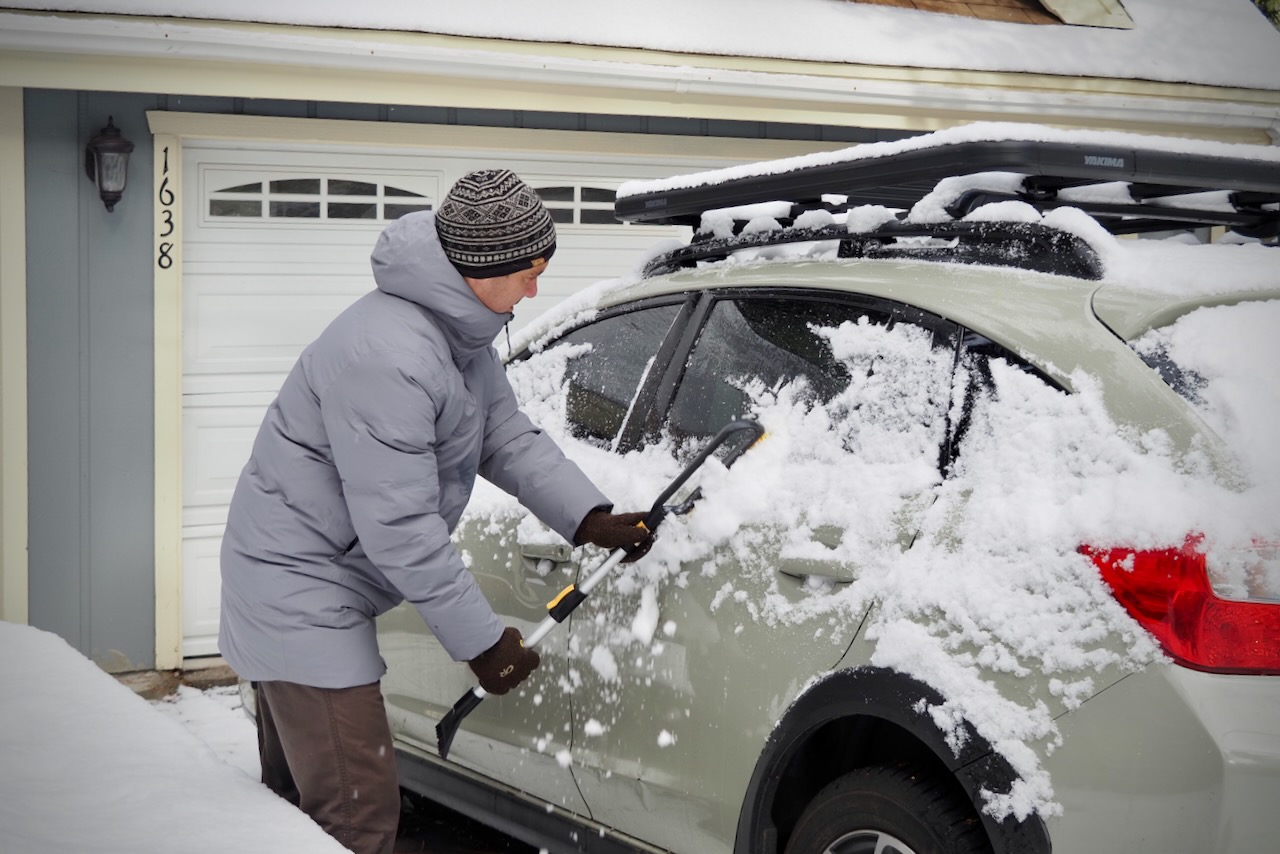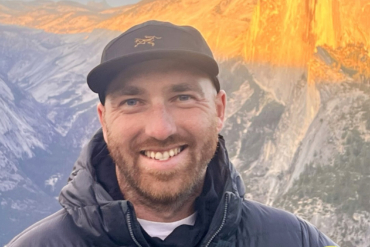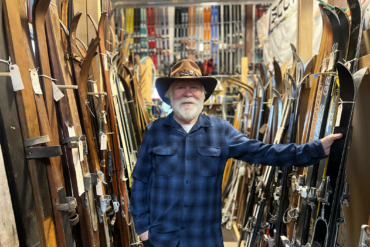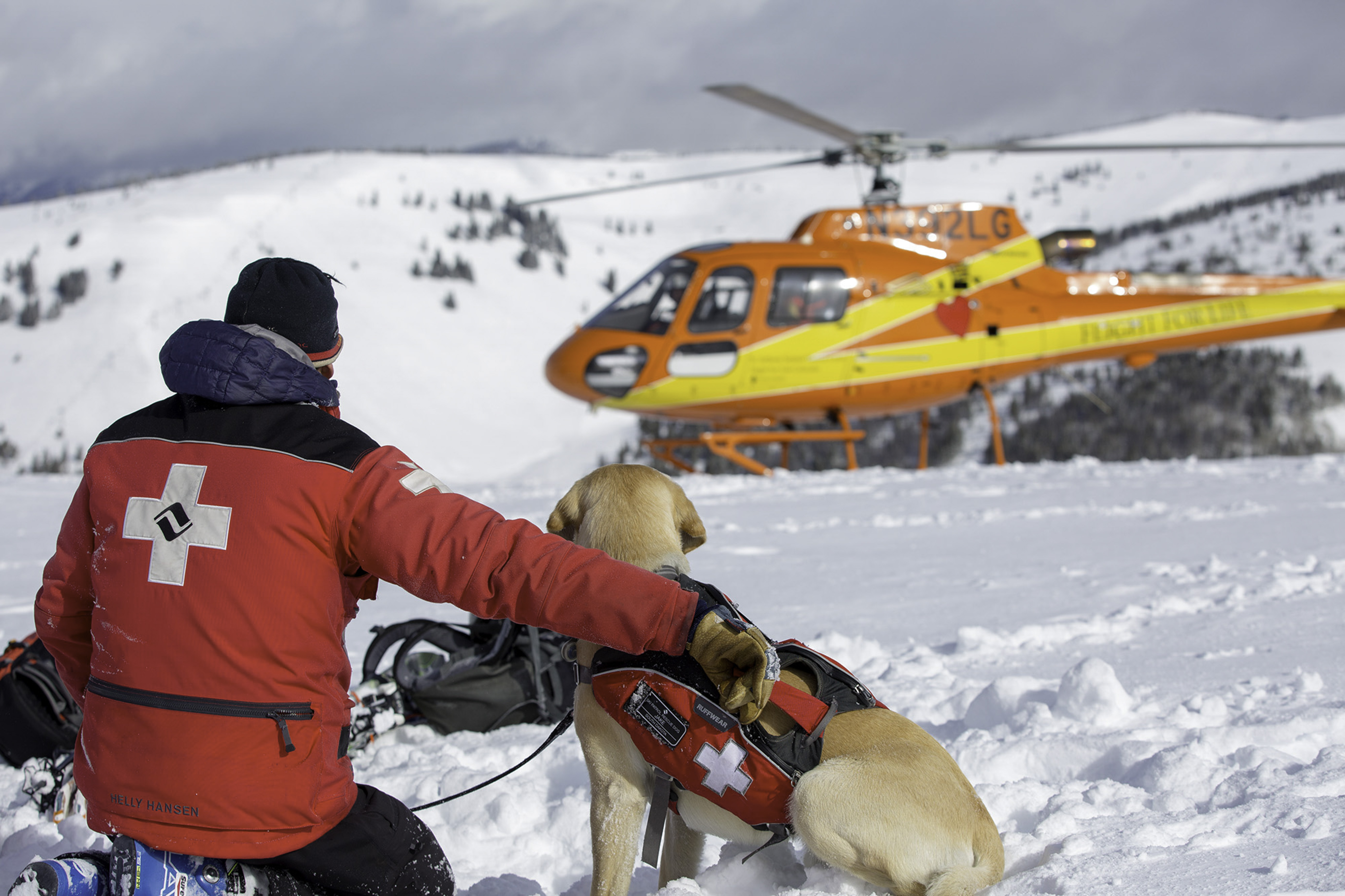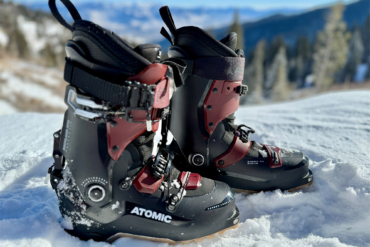The alarm pierced the pre-dawn silence at 4 a.m., and I was already questioning my life choices. Another alpine start to beat the infamous canyon traffic heading to Utah’s ski resorts. But today was different. I was pointing my beat-up Honda Element northeast instead of southeast, driving past Logan and up the empty canyon road to Beaver Mountain, where I could use my Indy Pass.
Despite the early start, things went better than I’d expected. There was no traffic. The parking lot was totally deserted. Confusion overwhelmed me. Was the resort closed? Didn’t people know it was a pow day? Where was the powder panic?
I got an old-school wicket day pass from a rosy-cheeked woman at the ticket office. Then, I was ready for a day of deep turns to come — with no lift lines and very few other people to share the stashes with.
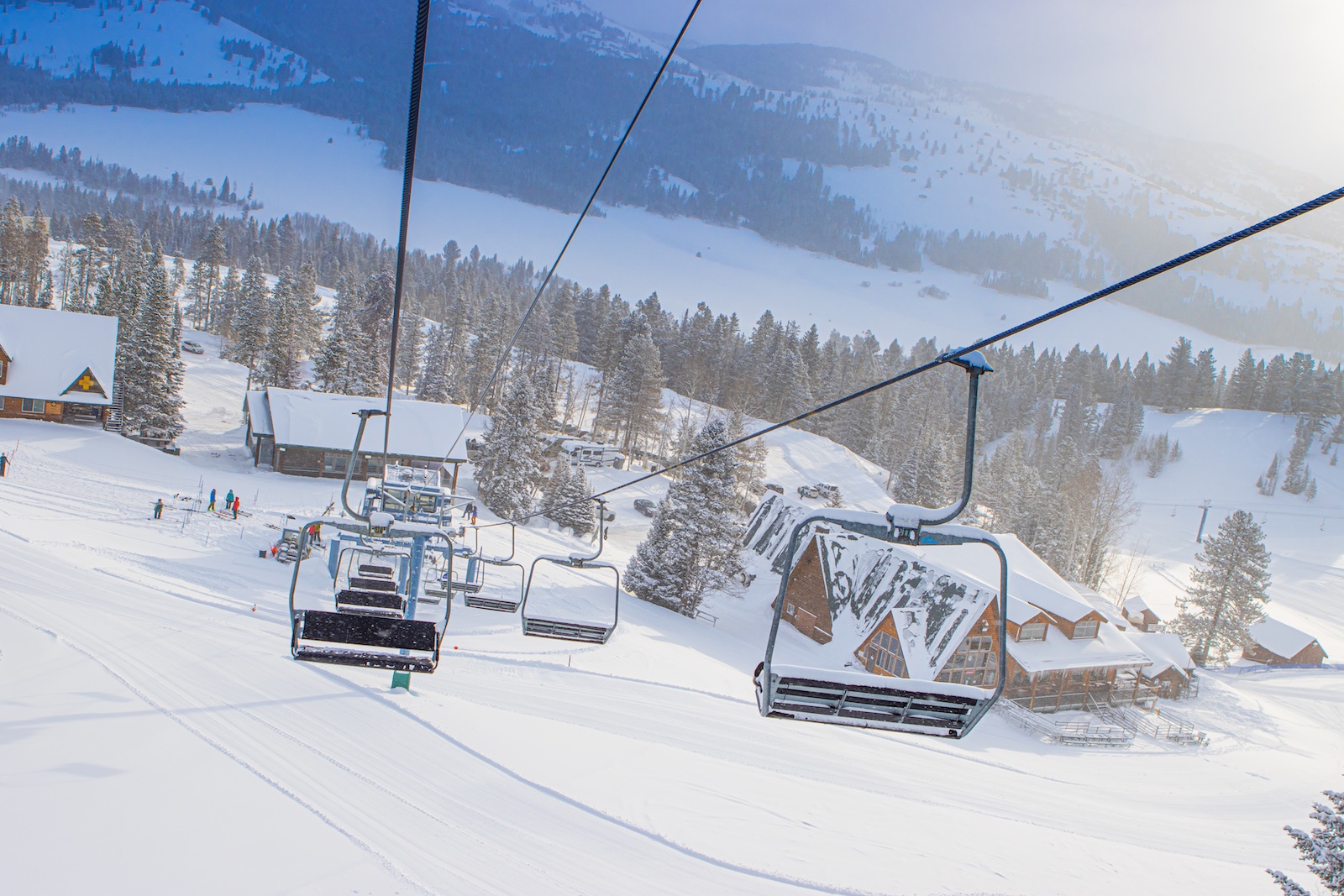
Skiing on the Indy Pass feels like I’ve stepped into a time machine and gone back about 25 years. I can’t promise everyone that every powder day at any of the 230+ mountains on the Indy Pass will be as uncrowded and stress-free as my days at Beaver Mountain were last winter. But I can promise that it will change your riding experience. Having so many options at so many small resorts makes for a distinctly unique ski season.
The Indy Pass has carved out its own niche by partnering with independent ski areas across North America. You get 2 days at each participating resort, with options for adding days at a discount.
In short: The Indy Pass is for skiers who want an alternative to mega-resort passes or overpriced exclusive mountains. It offers variety, flexibility, and value. It has a globe-spanning roster of partner resorts and a dedication to maintaining mom-and-pop vibes at all of them. You only get 2 days at each resort on the pass, which can feel limiting. But it is also an encouragement to get out and experience other small, independent mountains that you otherwise never would have visited.
- 230+ partner resorts:
- 2 days/resort:
- $419 w/ blackout dates:
- $539 w/o blackout dates:
Pros
- Incredible value
- Supports local independent ski areas
- Exploration/road tripping
- Less crowding
- Less lines
- Forces you to slow down
Cons
- Uneven geography
- Only two days per resort
- Inconsistency in partners from season to season
- Gradually rising cost
- More money/time spent on travel
- Forces you to slow down
Indy Pass Review
Indy’s innovative approach to resort partnerships is turning heads in the ski industry. Following its recent acquisition of Black Mountain in New Hampshire, Indy is pioneering a new model of ski pass/resort partners. Instead of just slapping its logo on a lift ticket, they’re investing in the long-term viability of independent ski operations.
To top it all off, Indy Pass recently announced the addition of over 30 new partner resorts for the 2024/25 winter season, bringing its total to more than 230 ski areas. Notably, Loveland Ski Area in Colorado took the plunge and joined Indy, further complicating the calculus for Denver Metro skiers and riders looking for a mega-pass alternative.
With demand higher than ever, Indy Passes for the 2024/25 season have already sold out after a recent limited-time sale. Each year, these passes fly off the shelves, leaving latecomers wishing they’d acted sooner. If you’re hoping to be part of Indy’s unique and growing community of independent ski areas, be ready to make your move early next season to snag a pass before they’re gone.
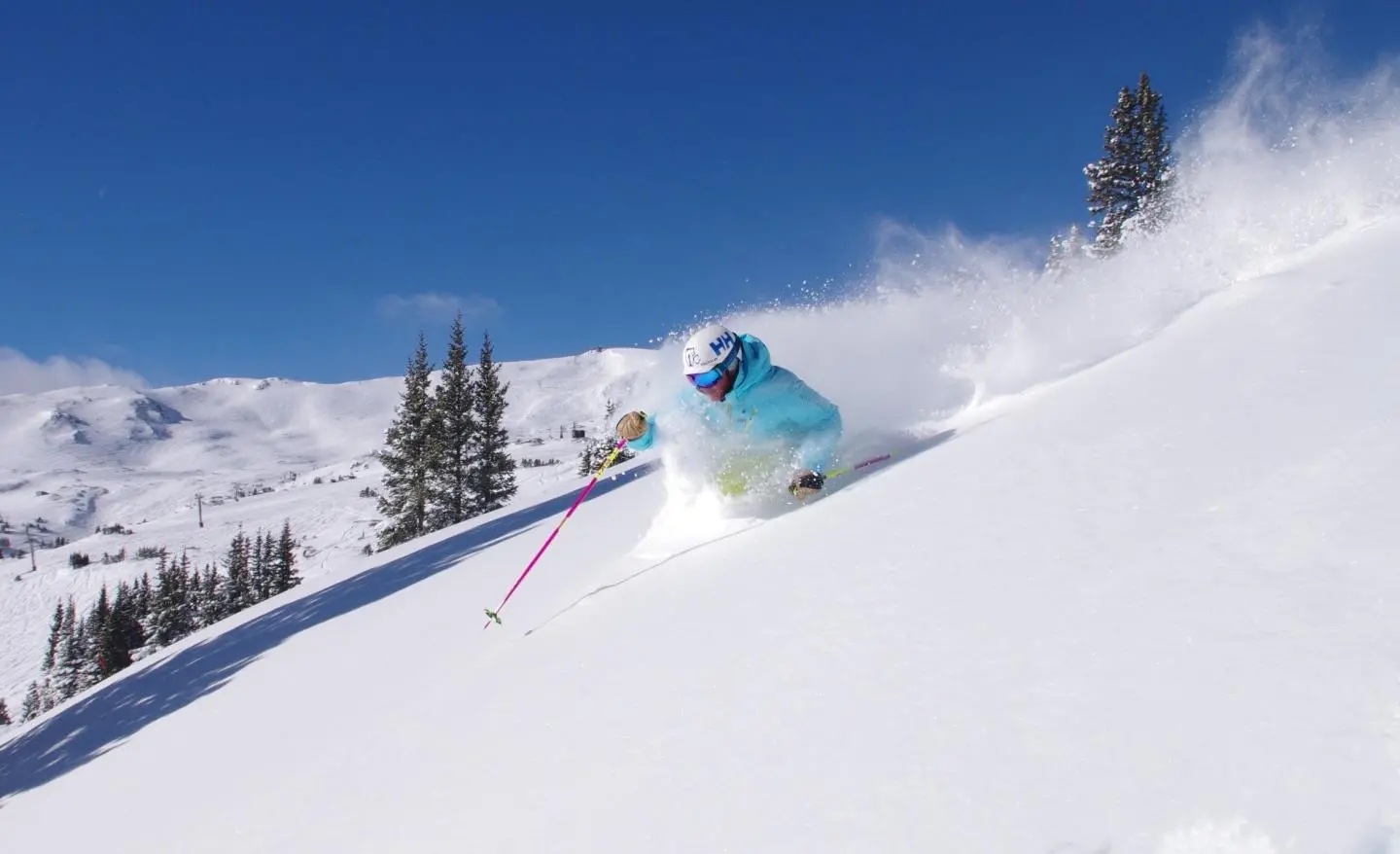
It’s All in the Family
At roughly the cost of 4 days (or less) at a mega-resort, the Indy Pass gives you access to hundreds of independent mountains. But the real value goes deeper than dollars and cents. You’re supporting local ski areas that have been the backbone of ski culture for generations.
Kristi Seeholzer, VP of Beaver Mountain, maintains that the Indy Pass has allowed her family-owned and -operated mountain to grow responsibly. And there’s a whole lot of growth that needs managing.
“We’ve doubled our skier business in the last seven years,” she noted. “Last year, we saw visitors from 42 different states and eight different countries. That’s never happened before.”
That increase in visitor traffic has a lot to do with the resort’s Indy Pass partnership.
Although Seeholzer holds a lofty title, in true Indy/mom-and-pop style, she — along with her family — is always at the resort doing “whatever needs to get done.”
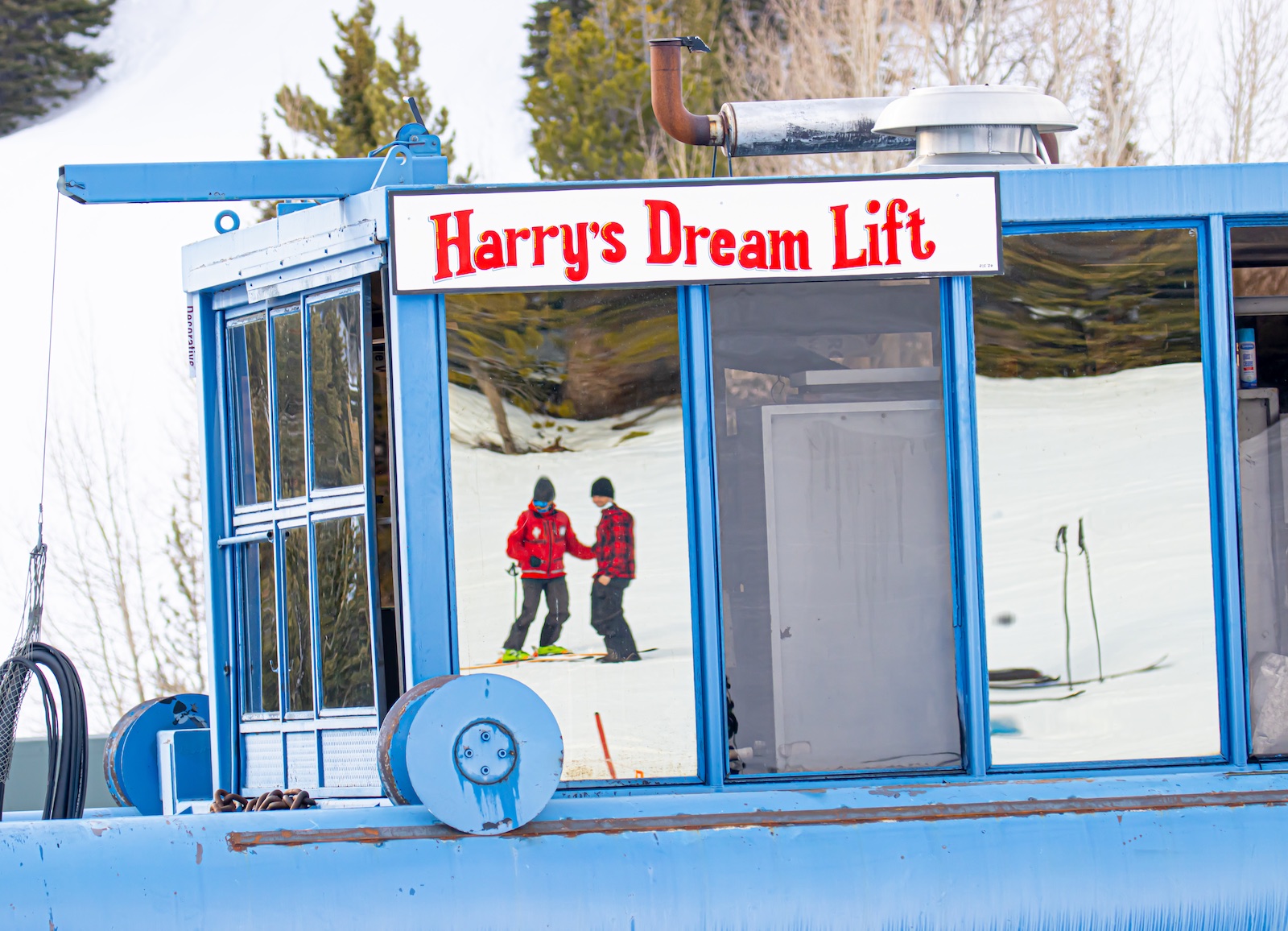
Her husband, Travis, is still out grooming trails, and her 82-year-old mother-in-law is one of Beaver Mountain’s lead ticket agents.
“I mean — you’ll find me changing toilet paper,” she laughed. “It really is a family business.”
Independent … But Not Necessarily Small
As a true mom-and-pop ski area that hearkens back to skiing’s “golden age,” Beaver Mountain is an Indy Pass gem. However, while all Indy resorts are independent, not all of them are quite so down-home and family-run. Bigger mountains, like Colorado’s Loveland and Idaho’s Brundage, also fill out the roster — offering variety and a larger footprint.
Again, with over 230 resorts, the Indy Pass provides skiers and riders with every imaginable type of experience, from friendly, beginner-centric hills, to gnarly, alpine terrain that’s best left to the experts. With a little gumption (and a healthy travel budget), you can find the perfect ski area to match your abilities, preferences, and budget.
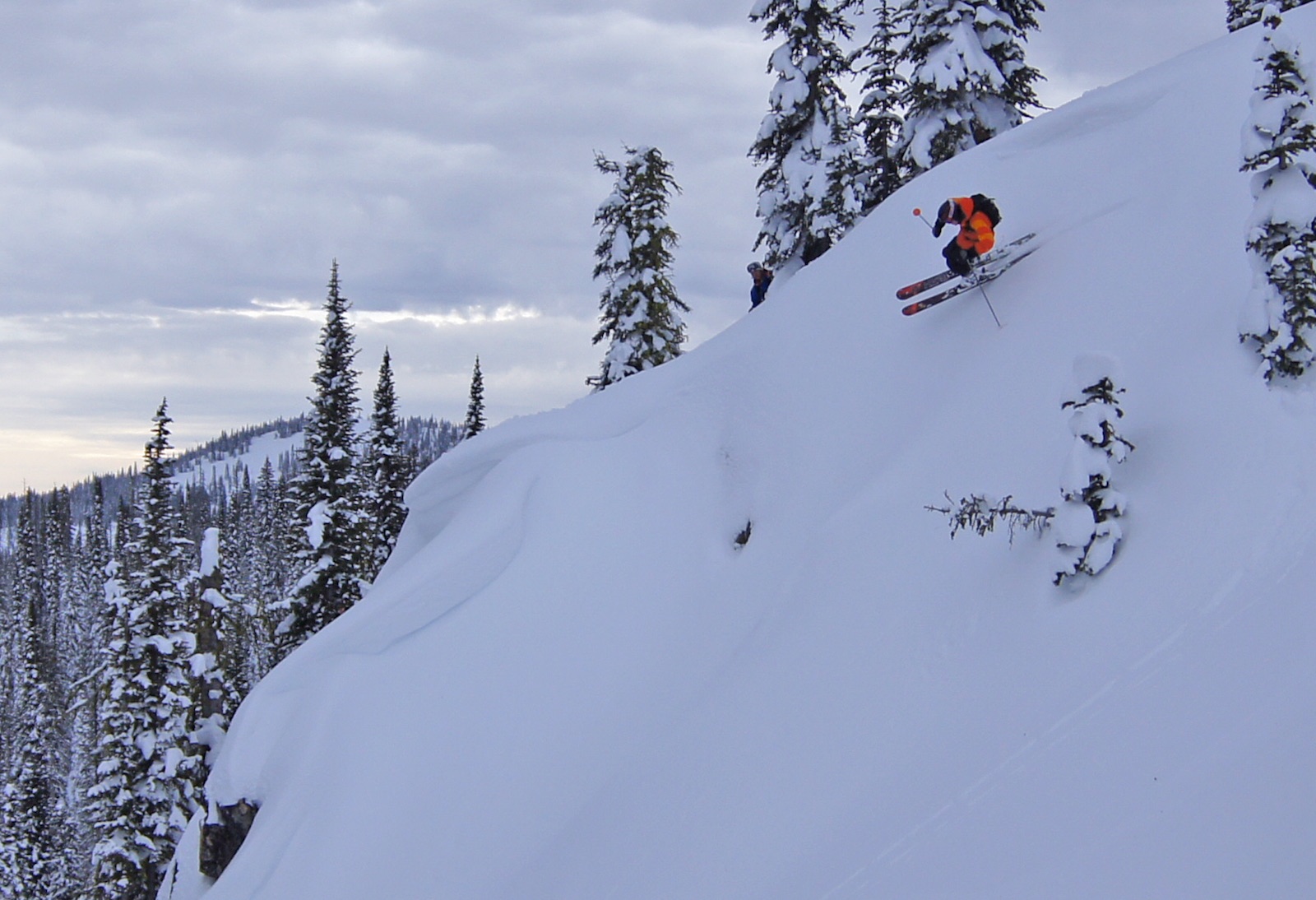
Thinner Crowds, Chiller Vibes
Because the Indy Pass limits sales, there is a cap on Indy Pass crowds — a dynamic that Seeholzer lists as one of its best qualities.
“The [Indy Pass] limits the number of passes for sale,” she said. “Because the mega passes don’t limit how many are for sale, it’s really ruined the experience for a lot of folks.”
For example, since 2020, Vail Resorts’ Epic Pass sales have increased 95%, from 1.2 million to 2.4 million. About 80% of that increase was from first-time buyers. No matter how you shake it, that means congestion on the roads — and on the hill.
Alterra Mountain Company (owner of the Ikon Pass) does not release its year-over-year sales growth numbers. But based on Vail’s numbers, we can assume Alterra’s isn’t negligible either.
The vibe is different, too. No one’s here for the Instagram story. People actually chat on the lift. The guy behind the counter might be the owner. And yeah, the pow stays untracked longer.
From my own experience, coming from larger resort passes, switching to the Indy Pass can feel like an abrupt adjustment to your psyche. The slow pace and mellow vibe are really nice. Riding the Indy Pass forced me to slow down, take a deep breath, and chill out.
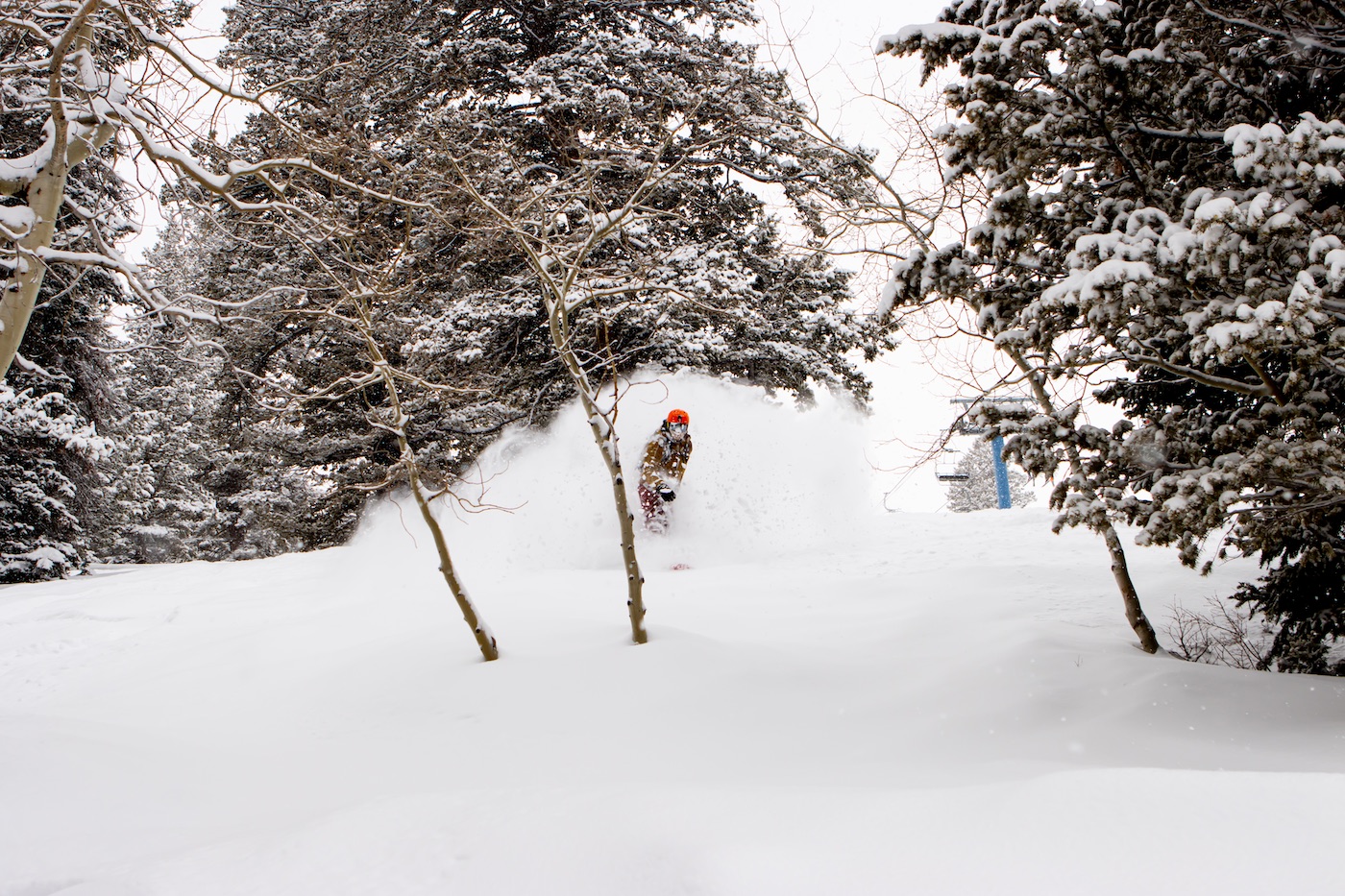
Downsides of the Indy Pass
Geography is the biggest hurdle in buying into the Indy Pass. Unless you’re planning a road trip or ski vacation, you might only have access to a handful of resorts within driving distance. That equates to more money spent on gas and/or plane flights, hotel stays, and eating out.
The 2-day limit per resort can also feel tight, especially if you fall in love with a particular mountain. And then there’s the heartbreak when a favorite spot drops out (pour one out for Powder Mountain). While the Indy Pass adds new mountains every year, some end their Indy partnerships. So, the roster is slightly different every year.
The rising cost of the pass is worth noting, as well, though it’s still a fraction of the cost to buy an Epic or Ikon pass. This season, the pass is $20 more than in 23/24 — which is marginal. The grandfathered price retains its incredible value of $279 for passholders who continually renew.
The chill, slower vibe can be a double-edged sword, too. The runs are generally shorter than they are on much bigger mountains like Vail or Aspen. And some of the lifts run a lot slower (though there are shorter lines).
Another double-edged sword already mentioned is that the Indy Pass caps its sales, limiting the number of available passes every season. This puts a check on Indy crowds, but also means that the passes sell out earlier than every other ski pass. And you’re out of luck once they’re gone. As of now, the Indy Pass is sold out for winter 2024/25. So, be sure to lock yours down once they become available in the spring.
The Silver Lining
When a favorite resort drops off the Indy Pass lineup, it forces you to explore. And sometimes, that new mountain you grudgingly check out becomes your new favorite. Case in point: Beaver Mountain.
After Powder Mountain dropped from the Indy Pass, I finally made the trek to Beaver. What I found was something special — a family-owned operation since 1939 that feels like skiing’s answer to a hometown baseball park.
The terrain is legit, with enough steep runs to keep it interesting and tree runs that hold powder days after a storm. They don’t even open one of the steepest lifts during the weekdays (!), leaving all of that terrain ripe for pow harvesting with just a little extra effort.
“Covid put us on the map,” Seeholzer continued. “But I think Beaver’s location and size will help mitigate [crowds].”
With Indy Pass, Less Is More
The Indy Pass hasn’t just changed where I ride — it’s changed how I ride. Instead of the same old routine every weekend, I’m plotting road trips, discovering new lines, and meeting people who remind me why I fell in love with sliding on snow in the first place. Whether big or small, the right day at any mountain can be the best day.
At this point, SLC’s Cottonwood Canyons are a mess! With all of the frenzy of traffic, parking, and red-snake lineups, I’m so stressed by the time I get to the mountain that the whole experience is tainted. It might seem ridiculous, but I’d rather drive 2.5 hours up to Beaver and have a deeply romantic, bohemian experience than getting wound up just trying to get to Snowbird.
To be fair, I still hit the bigger resorts occasionally (Brighton night shredding, anyone?). But more often than not, you’ll find me at places like Beaver Mountain, where the parking lot’s rarely full, the snow stays fresh, and skiing still feels like skiing — not like a day at Disneyland.
And that 4 a.m. alarm? Totally worth it.
